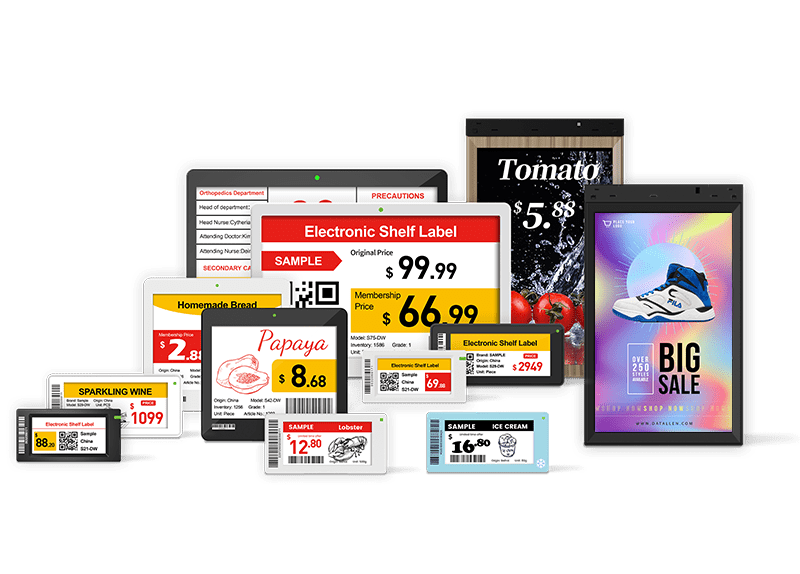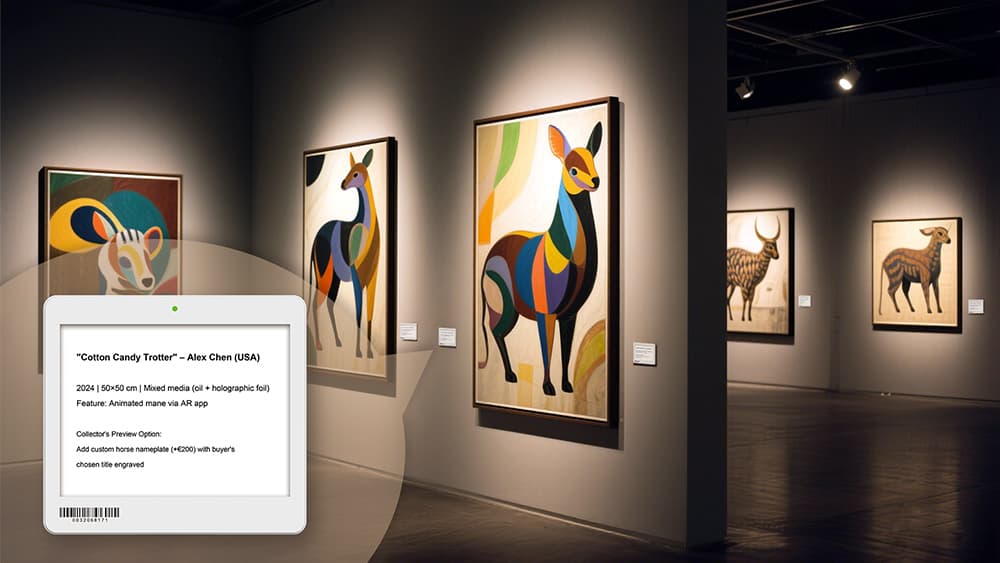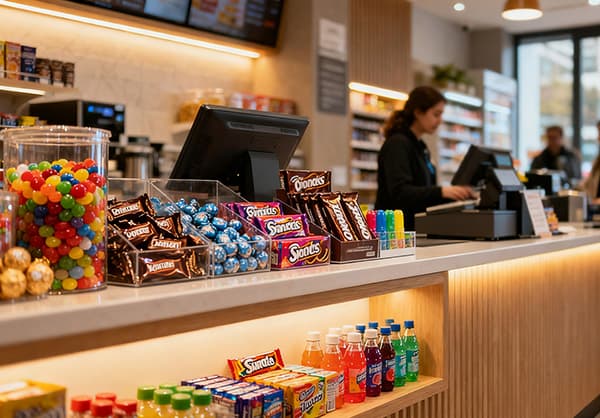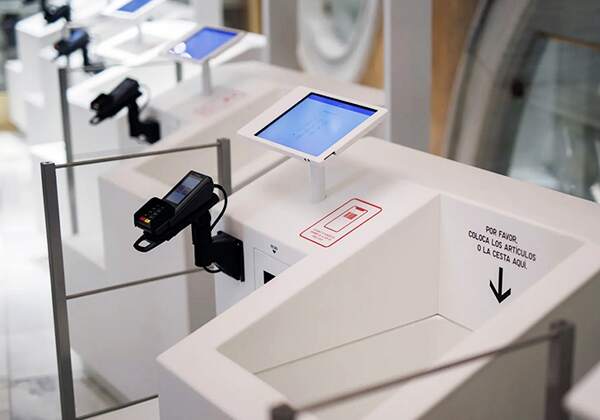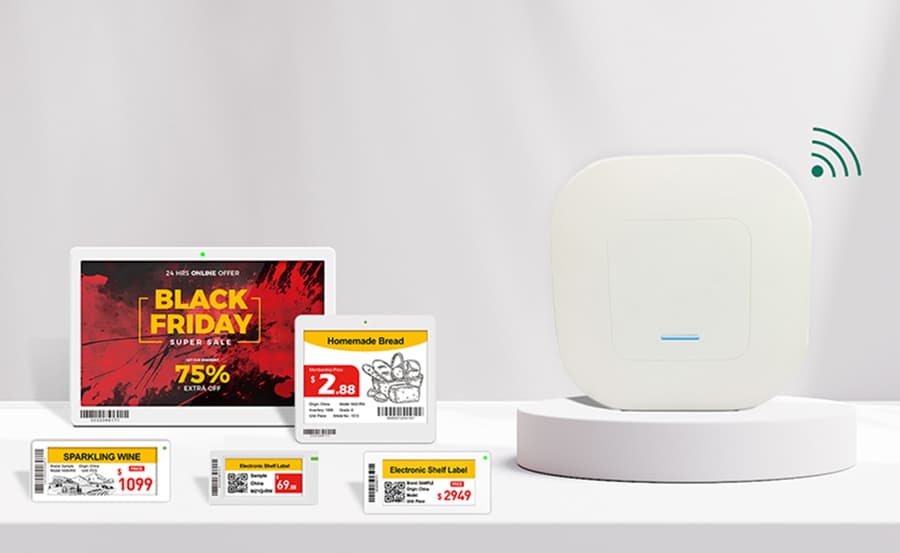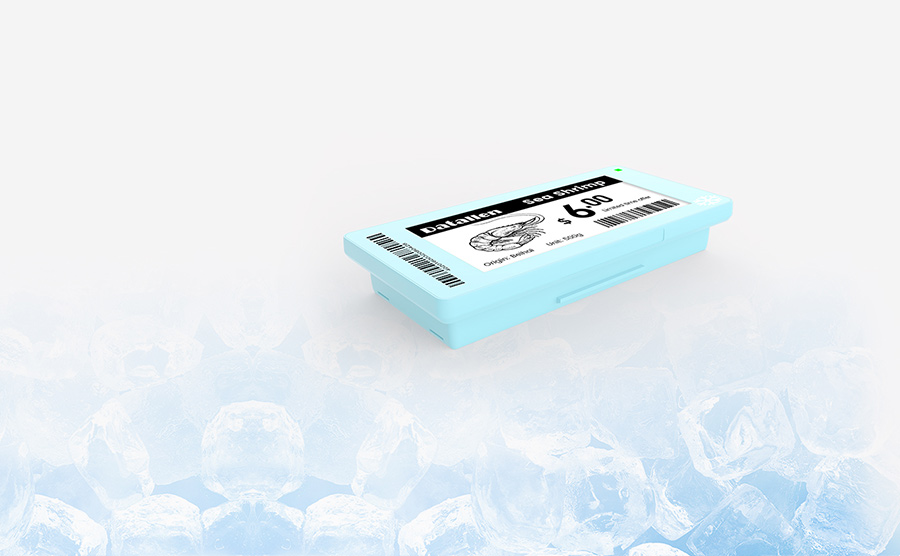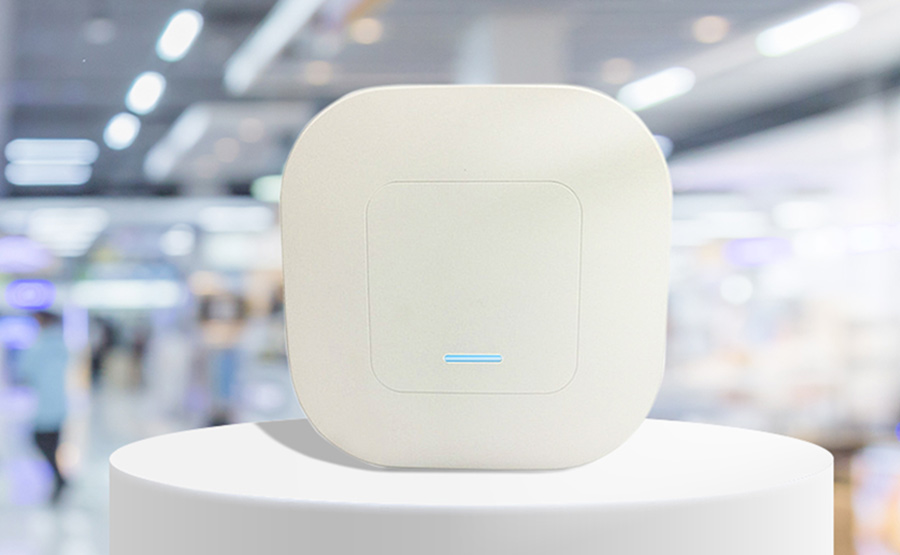Museums today face tangible threats—visitor numbers are down nearly 30% since 2020, and more than half struggle with funding for digital upgrades. As younger audiences spend 35% less time engaging with static exhibits, digital museum transformation has shifted from optional to essential.
What Is a Digital Museum?
A digital museum harmonizes physical exhibits with digital layers: mobile-enhanced interactions, remote access, multimedia storytelling, and adaptive content. Unlike purely virtual tours, a digital art museum anchors itself in real-world spaces, using digital tools to enrich interpretation and access. Think Digital Gallery with touch displays, remote viewing platforms, and richly annotated artifacts.
What Challenges Do Museums Face?
Geographical barriers: Over 60% of potential audiences are unreachable due to travel limits.
Preservation risks: Climate, humidity, and overcrowding damage fragile artifacts (Dunhuang grottoes saw pigment loss).
Engagement crisis: Younger visitors spend up to 35% less time on static displays.
Accessibility and funding constraints persist.
What Are the Advantages of Digital Museums?
Global reach & 24/7 access: A student in rural Africa can explore the Uffizi’s collection anytime.
Cultural preservation: Digital replicas protect fragile originals—even against disasters.
Enhanced engagement & education: AR/VR lets visitors walk ancient Rome or manipulate 3D models. Quizzes and interactive content deepen learning.
Operational efficiency: multimedia exhibits save staff time and reduce print expenses.

What Are the Disadvantages of Digital Museums?
Sensory loss: No bronze scent or tactile feel dampens emotional impact.
Tech fragility: Nearly 40% of museums report VR failures interrupting tours.
Context loss: Viewing a Ming vase in isolation can disconnect its ritual meaning—memory fragmentation happens when artifacts lose broader narratives.
High upfront costs and maintenance requirements remain a barrier.
What Technology Do Museums Use Today?
• Digital Signage for Museums
LCD screens guide visitors, show restoration videos, display floor maps, and announce events. They’re high-resolution, remotely updatable, and ideal for wayfinding in large venues.
• Electronic Label for Museums
Electronic labels replace paper labels. These labels support multilingual text, QR codes for audio/video, and conservation alerts. Taipei’s National Palace Museum reported 30% longer visitor stops post-installation. Notably, only the cold-resistant ESL works in chill zones.
• AI Guides & Augmented Reality
Spatial computing tools overlay information via AR glasses. MIT’s prototype enhanced AR tours at archaeological sites.
• Blockchain Provenance
Immutable records clarify artifact history, bolstering trust in digital collections.
How Much Does It Cost to Create a Digital Exhibit?
The budget for a medium-scale digital art museum exhibit is between $120K–$500K:
High-res 3D scans – $3K–$15K per artifact
VR platform development – $50K–$200K
Kiosks, AR stations – $8K–$25K each
Start small: Chile’s MAVI museum used open-source platforms and staged rollouts, cutting costs by 60%.

What Constitutes a Small Museum—and How Can They Digitize?
Small venues can launch digital efforts affordably:
1. Begin with electronic labels for a few key items.
2. Add LCD digital signage at the entrance for visitor orientation.
3. Incorporate basic AR via mobile apps or tablets.
4. Expand to guided virtual tours as funding allows.
What Is the Future of Museum Technology?
AI-driven curation: Personalized displays and recommendations.
Voice and gesture interaction for immersive experiences.
Advanced analytics from digital signage and ESLs: track visitor interest to optimize exhibit layout and content.
Virtual-physical convergence: Metaverse-style exhibitions that connect virtual visitors to onsite installations.
Q&A: Common Visitor & Curator Questions
Q: Are museums obsolete in the digital age?
A: Quite the opposite—digitization revitalizes relevance, extending reach and enabling dynamic storytelling.
Q: How to start on a small budget?
A: Invest first in electronic labels and entry-point LCD screens. Modular tools like Datallen’s low-power ESLs help scale over time.
Q: What makes a museum exhibit successful?
A: Success hinges on accessibility, engagement, storytelling, and a seamless blend of digital and physical elements.
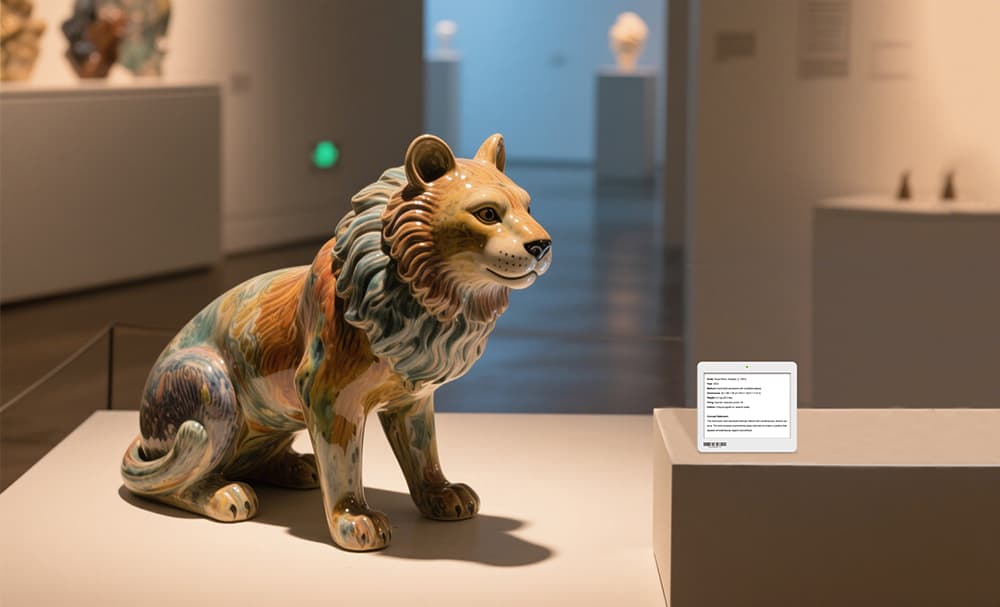
Your Next Steps
Digital museums and digital art museums are essential for accessibility, preservation, and engagement. Tools like digital signage for museums and electronic label systems make exhibit content dynamic, scalable, and visitor-friendly.
If you’re ready to begin your smart museum journey, start with modular technology—ESLs and LCD systems that transform visitor experience without overwhelming budgets.
Take the first step: empower your museum with intelligent display solutions that educate, delight, and endure.
Email: inquiry@datallen.com
For more insights, check out:
1. How Eyeglass Mart Retailers Can Win in 2025: Digital Displays That Drive Real ROI
2. Jewelry Displays for Retail Stores: Merging Aesthetics with Digital Screen
3. What Makes a Smart Pharmacy Better with E Ink Price Tag?
4. Creative Digital Price Tag Ideas for Modern Supermarket Shelving
5. How Much Will Electronic Shelf Labels Cost Your Business? What You Should Expect to Pay in 2025

